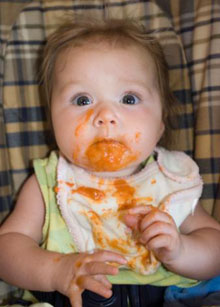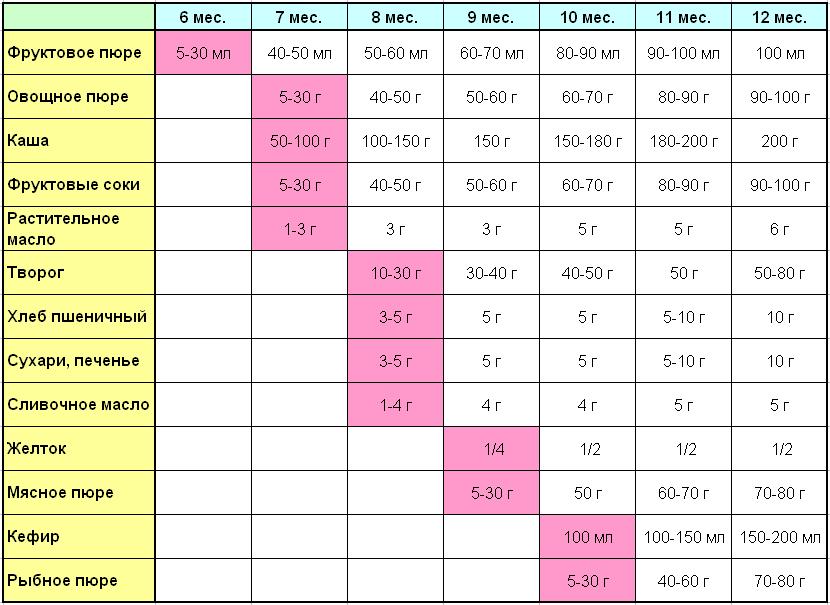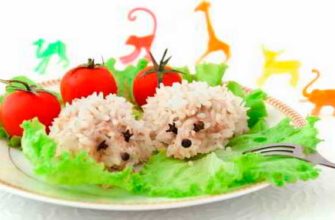 Children, even their own, grow up quickly and require a lot of strength and energy. After the baby reaches the age of six months, mother's milk is no longer enough for further development and growth, since it is corny is not able to satisfy the growing body's need for amino acids, minerals and vitamins. This fact means the following - special attention should be paid to the nutrition of the baby who does not have enough milk (or a mixture). Something essential is required - this is called complementary foods.
Children, even their own, grow up quickly and require a lot of strength and energy. After the baby reaches the age of six months, mother's milk is no longer enough for further development and growth, since it is corny is not able to satisfy the growing body's need for amino acids, minerals and vitamins. This fact means the following - special attention should be paid to the nutrition of the baby who does not have enough milk (or a mixture). Something essential is required - this is called complementary foods.
What does lure mean in practice?
These are products that differ in texture, composition, and quality from breast milk. These are juices, cereals, vegetable, fish and meat purees, cottage cheese, yolk, vegetable oil.
The reasons for the introduction of complementary foods are: the development and training of the digestive tract, the stimulation of motor activity of the intestine, the child’s accustomed to new taste sensations, the need for the body to get enough fats, proteins and polyunsaturated fatty acids.
(clickable)

Of course, you can buy ready-made purees that are sold in stores. It is enough to buy such a jar, open and immediately give it to the child. And to be completely sure that the child will never recover. The only negative of this choice is the high price.
Useful Tips for Moms About Feeding
Start rationally with juices, vegetables and fruits. Moreover, one type of fruit or vegetable is introduced, gradually adding other components. Vegetable complementary foods can satisfy the growing need for a growing body in carbohydrates and fiber.
That is why most of the young mothers prefer to cook their own complementary foods - as soon as 6 months have passed, you can start cooking potatoes, cabbage and carrots. Everything is cooled, carefully frayed and given to the child. Such a simple "menu" has been tested for centuries ...
After the child learns to eat fruits and vegetables, porridge is gradually introduced. Complementary feeding begins with a small dose - half a teaspoon, after which the child is allowed to get enough of the usual food.
The consequences of too early feeding can be regurgitation, discoordination of swallowing movements, food allergies, constipation, diarrhea, and the risk of developing obesity.
The manifestations of late feeding include stunted growth, constipation, anemia, rejection of solid foods, impaired development of taste sensations, etc.
Timely introduction of complementary foods will allow the baby to avoid all of the above problems and grow healthy for the joy of their parents.









It is very strange that on the same site in different articles, on the same topic, recommendations are absolutely contradictory to each other.
I am the mother of three children! And each time it was different. Do not read such articles on the Internet !!!!! Only your pediatrician can decide where to start complementary foods - it depends on many indicators of you and your baby! Someone is prescribed complementary foods with porridge, someone with vegetables! There is no identical scheme for everyone! And this one is probably taken from the USSR, where we all began to be fed with juices, it feels like this is why our generation has such stomach problems (((